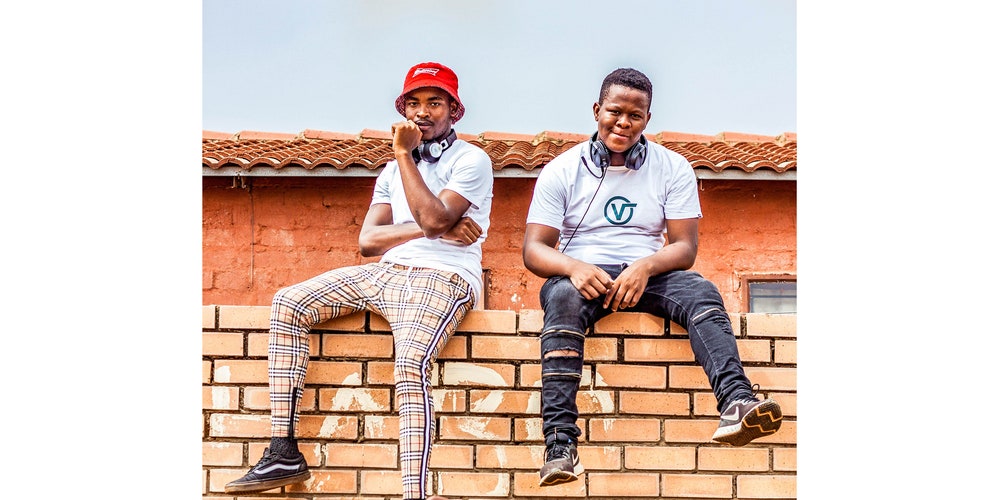Near the beginning of the documentary SHAYA!, the filmmakers note that amapiano “was born in the soil of the streets of South Africa, therefore it belongs to all of us.” The sentiment reflects the organic, bottom-up growth of the genre; before its massive popularity across South Africa, it was an underground sensation ignored by almost every local radio station. It’s also emblematic of the music’s accessible, welcoming aura: In the past few years, rappers and producers who’ve focused on other South African styles have tried their hand at amapiano. It just sounds irresistible.
Amapiano’s winning formula is relatively straightforward: log-drum loops, jazzy piano melodies, and soulful vocals in a deep-house shell. The tempo hovers around 110 bpm, a crucial sweet spot: Poppier tracks find a comfortable range to luxuriate in sunlit grooves, while moodier songs prove hypnotic thanks to the slow, hard punches of syncopated drums that burrow deeper than the high-tempo frenzies of gqom. Native Soul, the Pretoria-based teenage duo of Kgothatso Solomon Tshabalala and Alfred Zakhele Mhlanga, work primarily in the latter mode, and their debut Teenage Dreams places refreshing emphasis on production. Amapiano has incorporated vocals since 2018 and the most lush tracks, especially of late, have placed them at the forefront, but Teenage Dreams is largely vocalless; that it’s among the most cohesive, invigorating amapiano albums to date is no small feat.
Economic pacing is Teenage Dreams’ core tenet, and “The Beginning” kicks off the album with a familiar setting: sparse log drums and periodic synth blips. Soon, it eases into a brooding atmosphere, and as the musical elements compound, the track maintains an airy, cautious mood. It’s a clever maneuver: Just as the song risks dissolving into fog, vocal flourishes and percussive strikes erupt to suffuse it with dynamic energy and tantalizing uncertainty. Much of Teenage Dreams feels similarly sprawling; with each song exceeding five minutes, Native Soul allow ample time to ease into a headspace before injecting the mix with surprise. “The Journey,” for example, begins by folding piano-house chords over an agile bassline and flute, only for scratchy, processed vocals to arrive for brief but thrilling passages.
These small details make Teenage Dreams captivating. Gloomy synth pads cast a darkness across “Long Lasting,” while thin keyboard plinks bolster its sci-fi mystique. As an assortment of splash cymbals, handclaps, and synth pulses interlock and shift rhythms, they run through a similarly granular array of emotions: cryptic at one moment, strange at others, and then, for a short flash, outwardly dramatic. But Native Soul can do bangers too. “Burning Desire” is all about the massive propulsion felt in its drums and flagellating synths, and while it’s one of the more riotous tracks, it’s still deliberately reserved, projecting both finesse and masterful control over the proceedings.
As impressive as Native Soul’s work is, they clearly understand that they’re building on a foundation set by others. “Letter to Kabza De Small” namechecks one of amapiano’s most influential producers as it sets laser-like synths dancing alongside piano melodies in a grandiose spectacle—a worthy tribute to the “king of amapiano.” The title “Dead Sangoma” refers to the South African traditional healers who, during a ceremony, channel an ancestral spirit and dance along to drums. While the drumming patterns aren’t the same here, there’s a deference to music as something that can take hold and leave you in a trance-like state. Native Soul accomplish this very goal throughout Teenage Dreams: They ensure you’re transfixed.
Buy: Rough Trade
(popitrecords.com.)
Catch up every Saturday with 10 of our best-reviewed albums of the week. Sign up for the 10 to Hear newsletter here.
